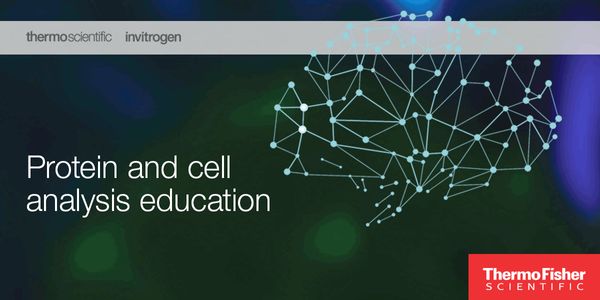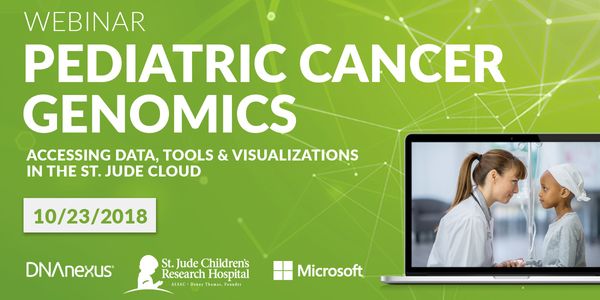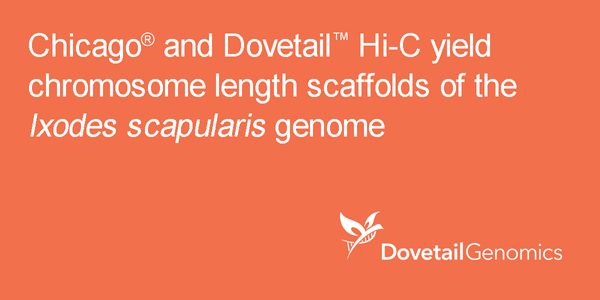Genetic Disease
Genetic diseases are disorders stemming from mutations in an individual's DNA sequence. These conditions can be a result of mutations in a single or multiple genes. An example of a genetic disease is cystic fibrosis: an inherited, progressive disease that affects the respiratory system.
-
NOV 15, 2018 | 7:00 AMThe use of human pluripotent stem cells (hPSCs) for in vitro disease-modeling is limited by the lack of robust and efficient protocols for the differentiation of relevant adult cell types. Pr...NOV 14, 2018 | 3:00 PMNeuronal migration defects, including pachygyria, are among the most severe developmental brain defects in humans. Using human genetics approaches, we recently identified bi-allelic truncatin...As the compendium of putatively disease causing variants expands, gathering the most current and accurate information is critical to computing variant classifications. The QIAGEN knowledgebas...Speaker: Jennifer Poitras, PhD
With significant decrease in the cost of sequencing in numerous commercial as well as cancer center–driven initiatives, genomic profiling is increasingly becoming routine across multipl...
Speaker:
Bing Zhou, PhD
NOV 07, 2018 | 8:00 PM
DATE: November 7, 2018TIME: 8:00PM PSTExosomes have been shown to have significant roles in cancer including disease progression acting in the tumor micro-environment, metasta...
NOV 07, 2018 | 7:00 AM
DATE: November 7, 2018TIME: 7:00AM PDTExosomes have been shown to have significant roles in cancer including disease progression acting in the tumor micro-environment, metastasis a...
OCT 23, 2018 | 10:00 AM
DATE: October 23, 2018TIME: 10:00am PDT, 1:00pm EDT Next-generation genomic sequencing is transforming what is known about pediatric cancer and how we treat patients. But eve...
OCT 23, 2018 | 9:00 AM
DATE: October 23, 2018TIME: 9:00AM PDTIxodes scapularis is the principal vector of the Lyme disease spirochete, Borrelia burgdorferi. I. scapularis genome was the first and only...
As the most common female malignancy, breast cancer is the most likely reason that a woman will die of cancer around the world. Breast cancer mortality has dropped in the U.S. by 35% since 19...
Speaker:
Benjamin Anderson, MD
Lung cancer is the leading cause of cancer-related mortality worldwide. Large-scale sequencing studies have revealed the complex genomic landscape of NSCLC and genomic differences between lun...
Speaker:
Nicholas McGranahan, PhD
Although targeted therapies often elicit profound initial patient responses, these effects are transient due to residual disease leading to acquired resistance. How tumors transition between...
Two projects looking at novel approaches to targeting inflammatory breast cancer will be presented. Inflammatory breast cancer (IBC) is a unique, understudied, and most lethal subtype account...
Speaker:
Kevin Williams, PhD
The oncogenic transcription factor c-MYC (MYC) is deregulated, and often overexpressed, in more than 50% of cancers. MYC deregulation is associated with poor prognosis and aggressive disease,...
Speaker:
Jason De Melo, PhD
In the past two decades a small number of infrequently dividing cells have been proposed as the source of multi-drug resistance during cancer treatment. These cells identified by their expres...
Speaker:
Krastan Blagoev, PhD
























